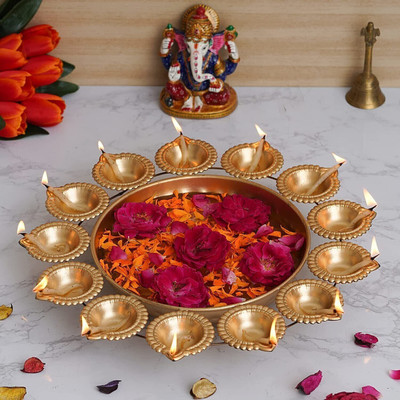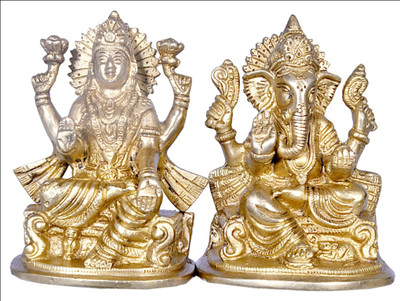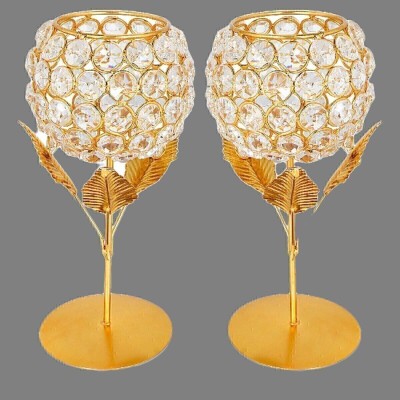
PEAKNOCK Fully Refined Paraffin Wax For Candle Making, Best For Pillar Candles (1 Kg) Candle (White, Black, Pack of 1)
Share
PEAKNOCK Fully Refined Paraffin Wax For Candle Making, Best For Pillar Candles (1 Kg) Candle (White, Black, Pack of 1)
Be the first to Review this product
Special price
₹376
₹599
37% off
Coupons for you
T&C
Available offers
T&C
T&C
T&C
T&C
Warranty
NA
Delivery
Check
Enter pincode
Delivery by20 Sep, Saturday
?
if ordered before 5:59 PM
View Details
Highlights
- Pack of 1
- NA Fragrance
- Color: White, Black
Services
- NA
- Cash on Delivery available?
Seller
Description
Paraffin wax is one of the most popular materials for candle making due to its versatility, cost-effectiveness, and ease of use. Here's an overview of why and how paraffin wax is used for candle making:
Key Advantages for Candlemaking:
Availability & Affordability: Paraffin wax is widely available and relatively inexpensive compared to other types of wax, such as soy or beeswax.
Burn Characteristics: It produces a clean, steady flame and holds fragrance and color well, making it a popular choice for scented and colored candles.
Customization: Paraffin wax can be modified to produce candles of different hardnesses, melting points, and opacity, depending on the desired outcome (pillar candles, container candles, votives, etc.).
Steps for Candle Making with Paraffin Wax:
Melting the Wax: Paraffin wax can be melted using a double boiler to ensure it melts slowly and evenly, preventing scorching. It typically melts around 46-68°C (115-154°F), depending on its grade.
Adding Fragrance and Color: Once the wax is fully melted, fragrance oils and dyes can be added. Paraffin wax holds fragrance well, typically up to 6-10% fragrance load.
Pouring: The melted wax is then poured into molds or containers. For pillar candles, it's poured into a mold, while container candles are poured directly into their jars or tins.
Cooling and Setting: Allow the wax to cool at room temperature to set properly. Paraffin wax tends to shrink slightly as it cools, so a second pour may be needed to fill any sinkholes or gaps that form around the wick.
Trimming the Wick: Once fully set, the wick is trimmed to around ¼ inch to prevent excessive smoking when lit.
Read More
Specifications
In The Box
| Sales Package |
|
| Number of Contents in Sales Package |
|
General
| Brand |
|
| Model Name |
|
| Type |
|
| Ideal For |
|
| Fragrance |
|
| Minimum Age |
|
| Material |
|
| Occasion |
|
| Suitable For |
|
| Trick Candle |
|
| Power Source |
|
| Maximum Shelf Life |
|
| Quantity |
|
| Art Form Type |
|
| Regional Speciality |
|
| Model Number |
|
| Battery Type |
|
| Gift Pack |
|
| Net Quantity |
|
| Power Requirement |
|
| Sub-category |
|
Features
| Wick |
|
| Wick Material |
|
| Fragrance |
|
| Tray Included |
|
| Candle Follower |
|
| Other Features |
|
Dimensions
| Candle Weight |
|
Warranty
|
Questions and Answers
Q:Who many total kg.
A:500 gms (Half kg)
Dolloz
Flipkart Seller0
0
Report Abuse
Q:Is it suitable for making pillar candles
A:Yes, you can make pillar candles.
Warm2023
Flipkart Seller0
0
Report Abuse
Didn't get the right answer you were looking for
Safe and Secure Payments.Easy returns.100% Authentic products.
Back to top








